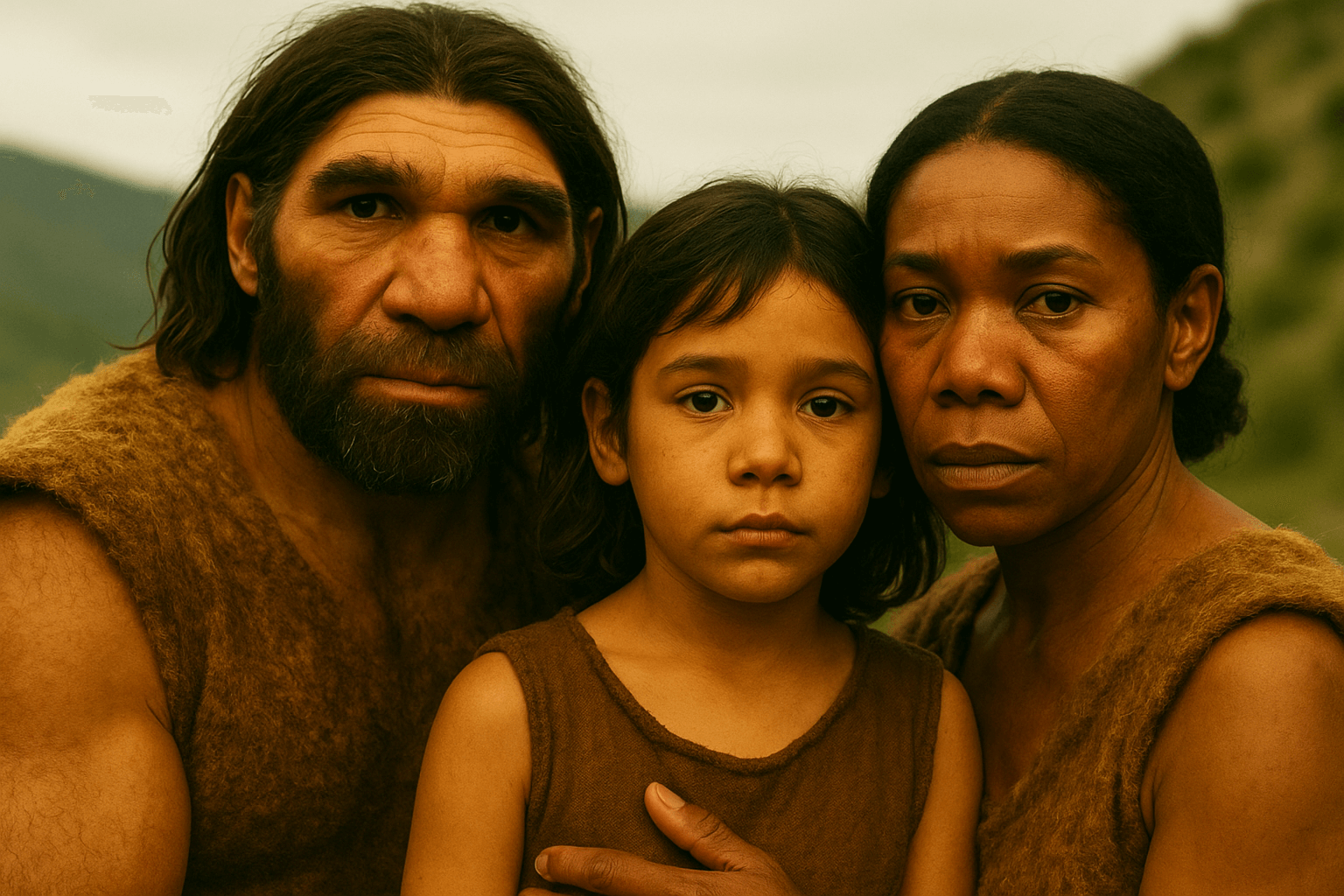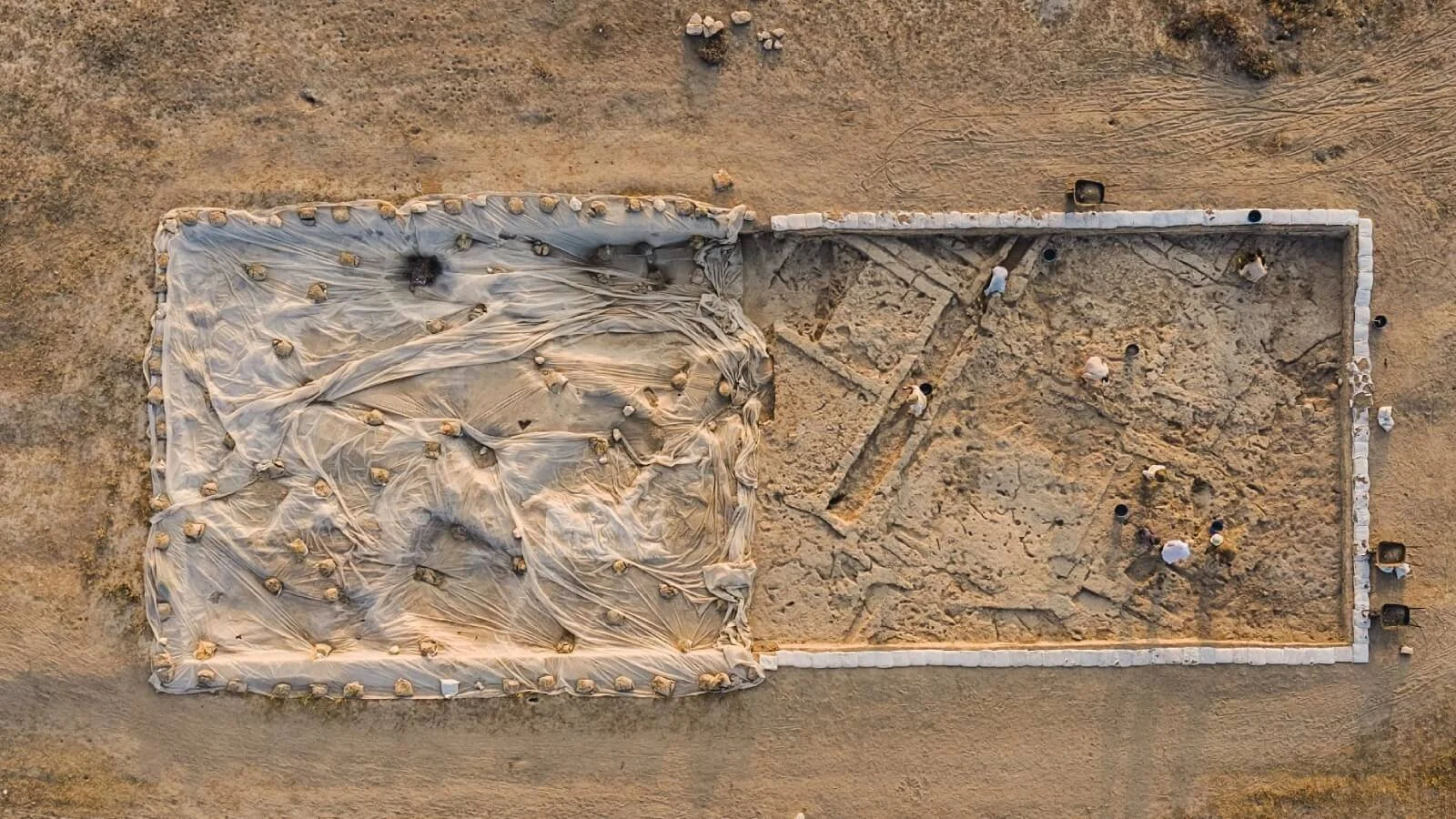Unearthing a significant shift in our understanding of Pacific history, researchers from The Australian National University (ANU) have unveiled groundbreaking findings: the inception of cities in the Pacific dates much further back than previously believed.
Utilizing advanced aerial laser scanning technology, the team meticulously mapped archaeological sites across Tongatapu, Tonga's largest island. What they uncovered challenges conventional wisdom, pushing the timeline of Pacific urbanization back by 700 years.
Co-author Phillip Parton underscores the profound implications of their discovery: "Earth structures were being constructed in Tongatapu around AD 300. This revelation reshapes our perception of indigenous innovation, positioning urbanization as an early Pacific phenomenon predating Western influence."
As settlements burgeoned, so did the need for innovative solutions to sustain burgeoning populations. Parton elaborates, "This form of low-density urbanization catalyzed sweeping social and economic transformations. Interactions intensified, diverse occupations emerged, reshaping the fabric of society."
Navigating the complexities of studying urbanization in the Pacific has long been hindered by data collection challenges. However, by synergizing cutting-edge mapping technologies with on-the-ground archaeological expertise, researchers are overcoming these obstacles.
Drawing parallels with lidar mapping studies in Mesoamerica and Southeast Asia, which unraveled the intricacies of ancient built environments, this discovery illuminates key aspects of early Pacific societies.
Parton highlights the far-reaching influence of Tongatapu, tracing its cultural impact across the southwest Pacific Ocean from the 13th to the 19th centuries. Contrary to conventional notions of urban landscapes, he emphasizes, "Early Pacific cities defy preconceived notions, diverging from the compact, cobblestone streets of traditional European cities."
The decline of this unique form of low-density urbanization in Tonga was not a consequence of inherent flaws but rather the disruptive force of European arrival and the accompanying wave of introduced diseases, researchers assert.
Yet, this revelation marks merely the tip of the iceberg in our understanding of early Pacific settlements. Parton reflects, "There's still a vast realm of discovery awaiting us, promising further insights into the rich tapestry of Pacific history."







